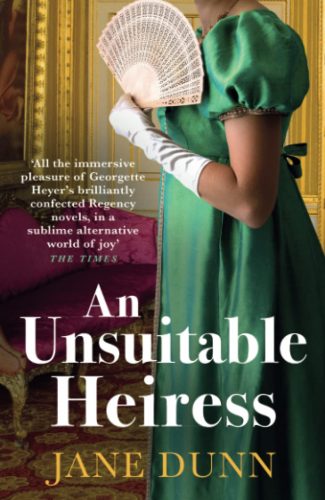 An Unsuitable Heiress by Jane Dunn
An Unsuitable Heiress by Jane Dunn Format: eARC
Source: supplied by publisher via NetGalley
Formats available: hardcover, large print, paperback, ebook, audiobook
Genres: historical romance, regency romance
Pages: 350
Published by Boldwood Books on May 22, 2023
Purchasing Info: Author's Website, Publisher's Website, Amazon, Barnes & Noble, Kobo, Bookshop.org, Better World Books
Goodreads
'Do you realise, Corinna, just how hard it is for a young woman of irregular birth, without family, fortune or friends in the world? Marriage is the only way to get any chance of a life.' Following the death of her mother, Corinna Ormesby has lived a quiet life in the countryside with her cantankerous Cousin Agnes. Her father's identity has been a tantalising mystery, but now at nineteen Corinna knows that finding him may be her only way to avoid marriage to the odious Mr Beech. Deciding to head to London, Corinna dons a male disguise. Travelling alone as a young woman risks scandal and danger, but when, masquerading as a youth, she is befriended by three dashing blades, handsome and capable Alick Wolfe, dandy Ferdinand Shilton and the incorrigible Lord Purfoy, Corinna now has access to the male-only world of Regency England. And when she meets Alick's turbulent brother Darius, a betrayal of trust leads to deadly combat which only one of the brothers may survive. From gambling in gentleman's clubs to meeting the courtesans of Covent Garden, Corinna's country naivety soon falls away. But when she finds her father at last, learns the truth about her parentage and discovers her fortunes transformed, she must quickly decide how to reveal her true identity, while hoping that one young man in particular can see her for the beauty and Lady she really is. Sunday Times bestselling author Jane Dunn brings the Regency period irresistibly to life in a page-turning novel packed with romance, scandal, friendship and colour. Perfect for fans of Jane Austen. Janice Hadlow, Gill Hornby, and anyone with a Bridgerton-shaped hole in their lives.
My Review:
We tend to think of the Regency period, popularized by Georgette Heyer’s glittering comedies of manners and romance, and the Napoleonic Wars, producer of so many dark and brooding romantic heroes to be separate – when they absolutely were not, as is brought home to both the reader and the Earl of Ramsbury in the opening chapter.
An Unsuitable Heiress opens with that self-same Earl feeling a bubble of utmost joy in the news that Napoleon has been defeated at Waterloo, and, considerably more important for the Earl, that his only son and heir is NOT on the battle’s long casualty lists. Only for that hope to crash to the ground a few mornings later, when he receives a dispatch that his son was killed in action in the waning hours of the war.
His title will go to a cousin who, at least as the story begins, is not worthy of it. The title and the lands that go with it are entailed, and no one has any choice in the matter. But the Earl has been fortunate in his fortunes, and has personal holdings he can bequeath wherever he wishes. He wishes to leave his personal holdings to his illegitimate daughter.
He just has to find her before his own heart gives out. Literally.
But Corinna Ormesby is not sitting around waiting to be found. Corinna has left the cousin who reluctantly took her in, out of fear that she’ll be forced into a marriage that will take away what little independence of thought and mind she possesses, and kill her dreams of a life of her own choosing.
So she runs away – by borrowing her best friend’s clothing and pretending to be a man. Because young men have the freedom to go where they want – if they can afford it – and work how they choose. Without requiring a chaperone at every turn. Without being coddled and ‘protected’ in every instance.
As a young woman, as Corinna Ormesby, her life is never, ever her own. As a young man, as mere Cory Ormesby, ‘he’ can buy a ticket on the stage and take ‘himself’ to London to teach drawing at a school to make ‘his’ way, and take the opportunity to search for the mysterious father whose name ‘he’ never knew.
She sees her chance, and she takes it. Straight into a fight with a man three times her size beating his horse, and from there, into the coach of a group of young dandies who are happy to take her under their wing, show her the town, help her find her father and give her the chance she needs to become the person she was always meant to be.
As long as her ruse holds up.
Escape Rating B: If Someone to Love by Mary Balogh (the first book in the Westcott series) and Unmasked by the Marquess by Cat Sebastian had a book baby, it would be An Unsuitable Heiress. (I’ve just realized that this works on two levels, as An Unsuitable Heiress IS a blend of the two books and that by certain measures all of the heiresses in all three books are judged to be a bit – or more than a bit – unsuitable as their respective stories unfold.)
The fun of this story is in Corinna’s eye- and mind-opening introduction to what life is like as a man, or at least a moderately well-off or well-sponsored man, in the Regency period. But that’s not where the drama of this story came in – although that’s certainly where I expected it to be.
At first I saw Corinna as a bit of a sister to Charlotte Sloane in the Wrexford and Sloane series, which also takes place in this same period. They initially seemed like kin not just because Charlotte Sloane frequently dons young male attire in order to have the freedom to go where she wants and do what she needs, but also because she makes her living under a male pseudonym. (At the point I currently am reading in the series, she is kicking and screaming, at least internally, as her increasingly rising profile and finances curtail her freedom to do as she wills and as she must.)
I expected a bit more drama, or at least a bit more of that same kicking if not the screaming, over the reveal of Corinna’s true identity, but as plucky as she is, she’s just not that sort. I also thought that there would be more drama and pathos when Corinna and her father finally did meet, but that was also more of a whimper than a bang – as his heart gave out soon after.
The drama in this story, as the blurb very much alludes to, comes in the long-simmering sibling rivalry between the cousin who inherited her father’s earldom and his younger brother, who just so happens to be one of the group of friends that took ‘Cory’ under their collective wing.
A rivalry which traps Corinna at its center, as cousin Darius wants Corinna in order to get possession of the other half of what he sees as HIS inheritance – no matter how many people he has to ruin along the way – while his younger brother Alick just wants Corinna. Although in the best romantic tradition, he hasn’t figured that out yet.
That Darius has already found a very unsuitable heiress – or at least countess – of his own makes his plans to ‘ruin’ Corinna just that much more dastardly. That this story manages to drive itself into a happy ending in spite of its characters’ actions just adds to the fun, and makes for a delightfully frothy conclusion to the story.
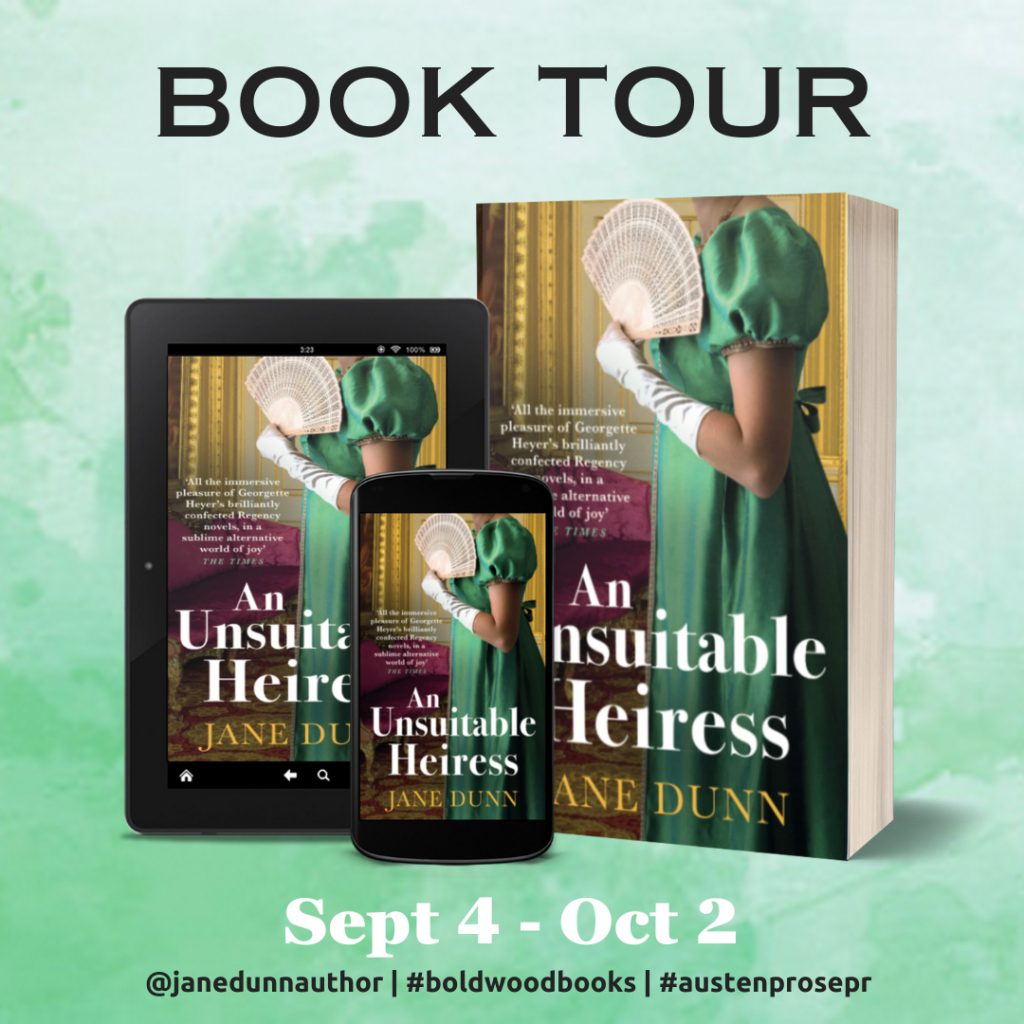

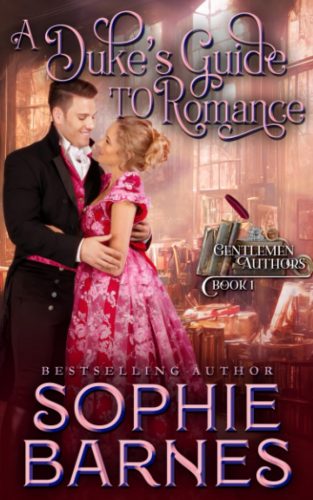 A Duke's Guide to Romance (The Gentlemen Authors #1) by
A Duke's Guide to Romance (The Gentlemen Authors #1) by 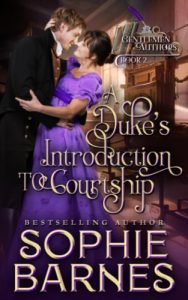 Escape Rating A-: A Duke’s Guide to Romance is a deliciously frothy confection, light and fluffy and full of wit and sparkle with just the barest hint of a misunderstandammit to keep the characters on their toes until the very end.
Escape Rating A-: A Duke’s Guide to Romance is a deliciously frothy confection, light and fluffy and full of wit and sparkle with just the barest hint of a misunderstandammit to keep the characters on their toes until the very end.
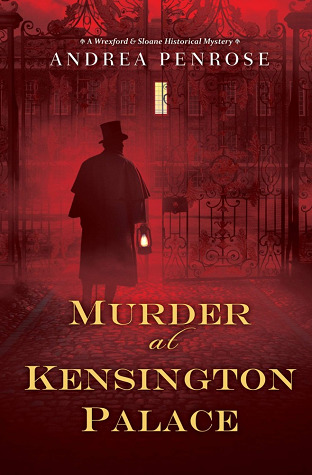 Murder at Kensington Palace (Wrexford & Sloane, #3) by
Murder at Kensington Palace (Wrexford & Sloane, #3) by 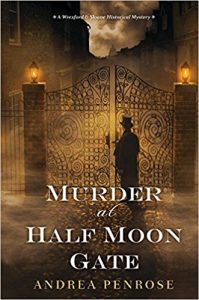 The murder that drags Wrexford and Sloane back into the fray after the events of
The murder that drags Wrexford and Sloane back into the fray after the events of 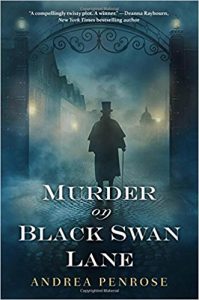 Escape Rating A-: I got into the
Escape Rating A-: I got into the 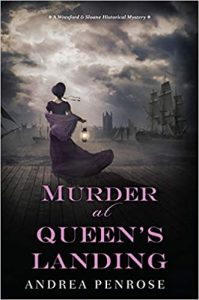 Because this case was steeped in those scientific questions, as well as the age-old question about the fine lines between genius and madness, and between interest and obsession. All the red herrings in this one, and there were many, had been electrocuted or charred to a crisp before presentation, making the solution seem just that much farther out of reach.
Because this case was steeped in those scientific questions, as well as the age-old question about the fine lines between genius and madness, and between interest and obsession. All the red herrings in this one, and there were many, had been electrocuted or charred to a crisp before presentation, making the solution seem just that much farther out of reach.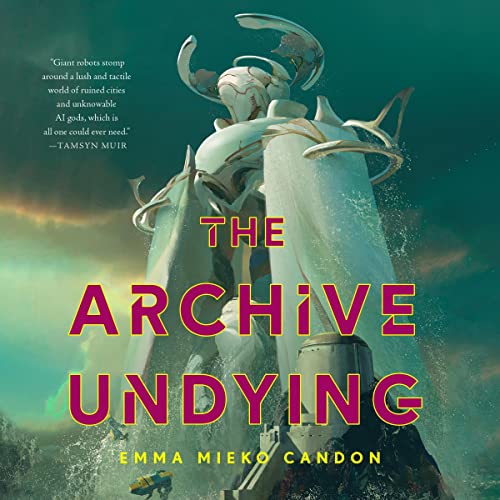 The Archive Undying (The Downworld Sequence, #1) by
The Archive Undying (The Downworld Sequence, #1) by 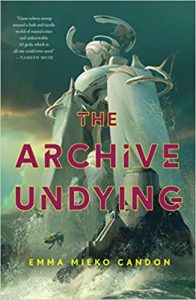 Escape Rating B: I listened to The Archive Undying in its entirety, and I have to say that its the narrator that carried me through all SIXTEEN AND A HALF HOURS. The narrator didn’t just do a good job of voicing all the many, many characters, but by literally being in their heads and not my own it allowed me to care enough about the individuals to be willing to experience the whole constantly twisting saga. If I’d been reading this as text, if I’d been in my head instead of theirs, I’d have DNF’d fairly early because the sheer number of changes in perspectives combined with unsatisfying hints of the world they occurred in would have driven me mad in short order. YMMV.
Escape Rating B: I listened to The Archive Undying in its entirety, and I have to say that its the narrator that carried me through all SIXTEEN AND A HALF HOURS. The narrator didn’t just do a good job of voicing all the many, many characters, but by literally being in their heads and not my own it allowed me to care enough about the individuals to be willing to experience the whole constantly twisting saga. If I’d been reading this as text, if I’d been in my head instead of theirs, I’d have DNF’d fairly early because the sheer number of changes in perspectives combined with unsatisfying hints of the world they occurred in would have driven me mad in short order. YMMV.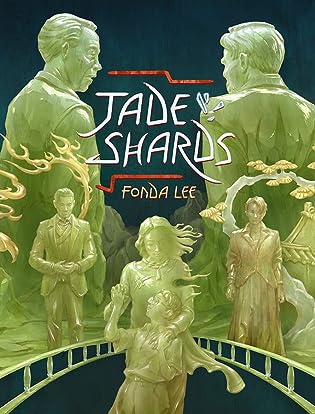 Jade Shards (Green Bone Saga #0.75) by
Jade Shards (Green Bone Saga #0.75) by 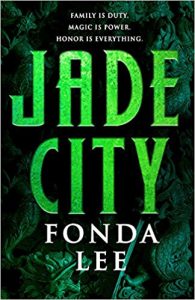 Jade Shards isn’t a single story in the world of the
Jade Shards isn’t a single story in the world of the 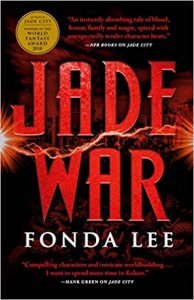 Ayt Mada was the powerful antagonist of the entire saga, but in that saga, she stood alone as her story does in this collection. The other stories dive deeply into the Kaul family, just as the other three stories here give us a peek into the early days of the three members of the Kaul family who drive the
Ayt Mada was the powerful antagonist of the entire saga, but in that saga, she stood alone as her story does in this collection. The other stories dive deeply into the Kaul family, just as the other three stories here give us a peek into the early days of the three members of the Kaul family who drive the 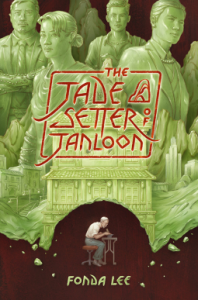 Escape Rating A+: I’m giving this one an A+ because that’s how deeply I escaped back into the world of the
Escape Rating A+: I’m giving this one an A+ because that’s how deeply I escaped back into the world of the 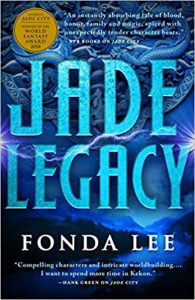 And neither was the author, as she admits in the notes for Jade Shards that these stories are a case of her writing fanfiction in the universe that she created. IMHO it’s a universe that is made even richer by these portraits of the clan leaders as young men and women. So I’m glad she was able to put these out into the world and sad that it looks like these will be the last.
And neither was the author, as she admits in the notes for Jade Shards that these stories are a case of her writing fanfiction in the universe that she created. IMHO it’s a universe that is made even richer by these portraits of the clan leaders as young men and women. So I’m glad she was able to put these out into the world and sad that it looks like these will be the last.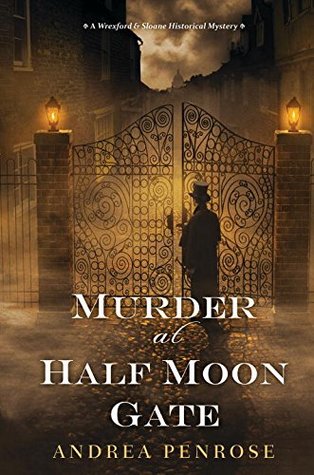 Murder at Half Moon Gate (A Wrexford & Sloane Mystery) by
Murder at Half Moon Gate (A Wrexford & Sloane Mystery) by 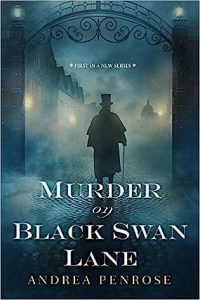 Escape Rating A-: I picked this up, so soon after finishing
Escape Rating A-: I picked this up, so soon after finishing 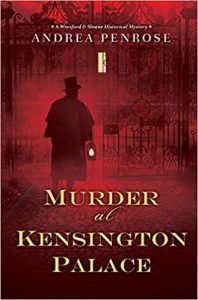 At the same time, this series has also brought other historical mysteries to mind, especially
At the same time, this series has also brought other historical mysteries to mind, especially 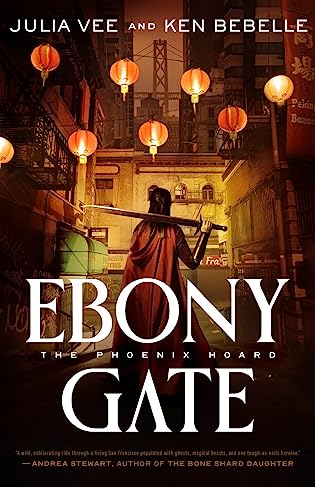 Ebony Gate (Phoenix Hoard, #1) by
Ebony Gate (Phoenix Hoard, #1) by 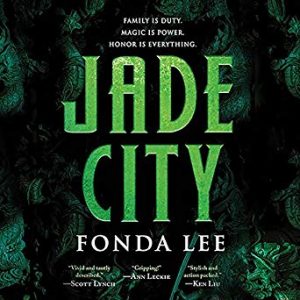 (There are also touches (or more) of
(There are also touches (or more) of  That being said, I want to give a big shoutout to the narrator, Natalie Naudus, who also narrated Max Gladstone’s
That being said, I want to give a big shoutout to the narrator, Natalie Naudus, who also narrated Max Gladstone’s 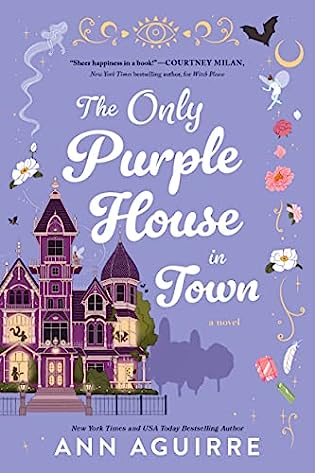 The Only Purple House in Town by
The Only Purple House in Town by 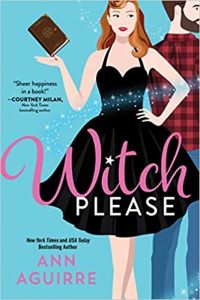 Iris Collins is at the end of her rope – and the knot she’s tied in that rope seems to be slipping through her fingers. And just at the point where all of her choices seem to range from bad to worse the universe throws her a lifeline. Ironic that, as the lifeline is the direct result of a death in her family. Her Great-Aunt Gertie has died and left her a charming but slightly dilapidated house in witch-friendly St. Claire, Illinois. All Iris has to do is get herself there, sign some papers, and she’ll have a rent-free place to live and a fresh start in a life that could seriously use one.
Iris Collins is at the end of her rope – and the knot she’s tied in that rope seems to be slipping through her fingers. And just at the point where all of her choices seem to range from bad to worse the universe throws her a lifeline. Ironic that, as the lifeline is the direct result of a death in her family. Her Great-Aunt Gertie has died and left her a charming but slightly dilapidated house in witch-friendly St. Claire, Illinois. All Iris has to do is get herself there, sign some papers, and she’ll have a rent-free place to live and a fresh start in a life that could seriously use one.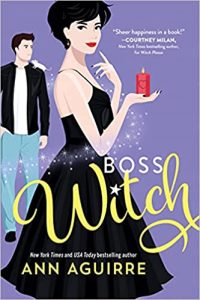 Because there’s a wicked witch (even if she isn’t REALLY a witch) trying to run them out of town with an attack of flying monkeys (in the person of government bureaucracy and officialdom) who doesn’t want paranormal creatures in her perfectly normal little town.
Because there’s a wicked witch (even if she isn’t REALLY a witch) trying to run them out of town with an attack of flying monkeys (in the person of government bureaucracy and officialdom) who doesn’t want paranormal creatures in her perfectly normal little town.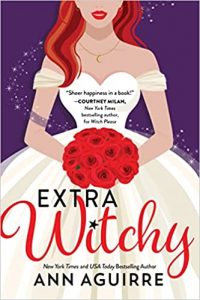 The story has a lot of the same cozy fantasy vibes – just with a paranormal twist – as Travis Baldree’s marvelous
The story has a lot of the same cozy fantasy vibes – just with a paranormal twist – as Travis Baldree’s marvelous 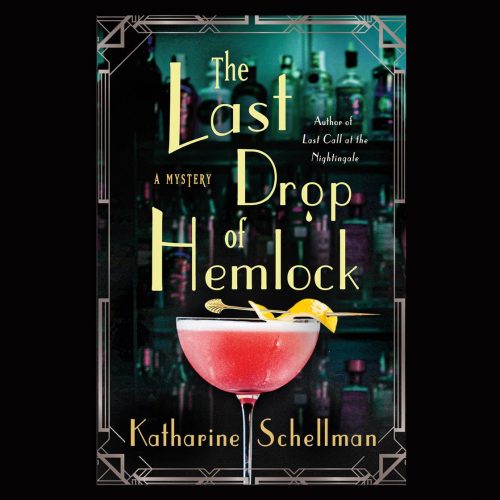 The Last Drop of Hemlock (Nightingale Mysteries, #2) by
The Last Drop of Hemlock (Nightingale Mysteries, #2) by 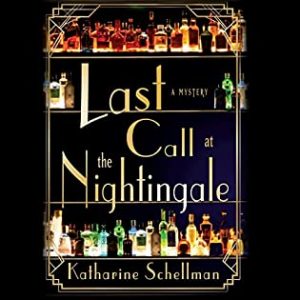 Escape Rating B: As I was listening to The Last Drop of Hemlock, I remembered what I wrote about the first book in this series,
Escape Rating B: As I was listening to The Last Drop of Hemlock, I remembered what I wrote about the first book in this series, 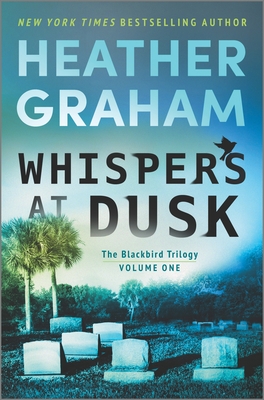 Whispers at Dusk: A Novel (The Blackbird Trilogy, 1) by
Whispers at Dusk: A Novel (The Blackbird Trilogy, 1) by 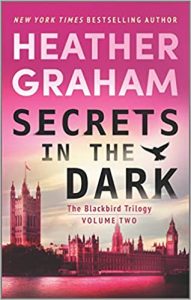 Escape Rating B+: I picked this up because I was looking for something with more of a romantic suspense vibe, I had vague memories of having read at least a few of the early books in the
Escape Rating B+: I picked this up because I was looking for something with more of a romantic suspense vibe, I had vague memories of having read at least a few of the early books in the 